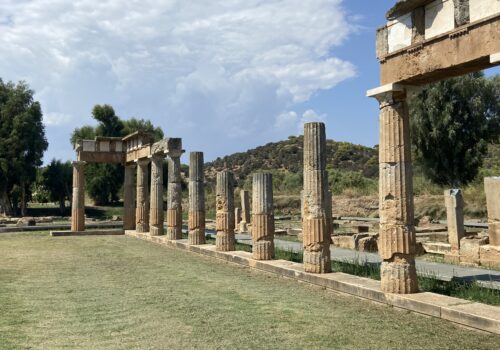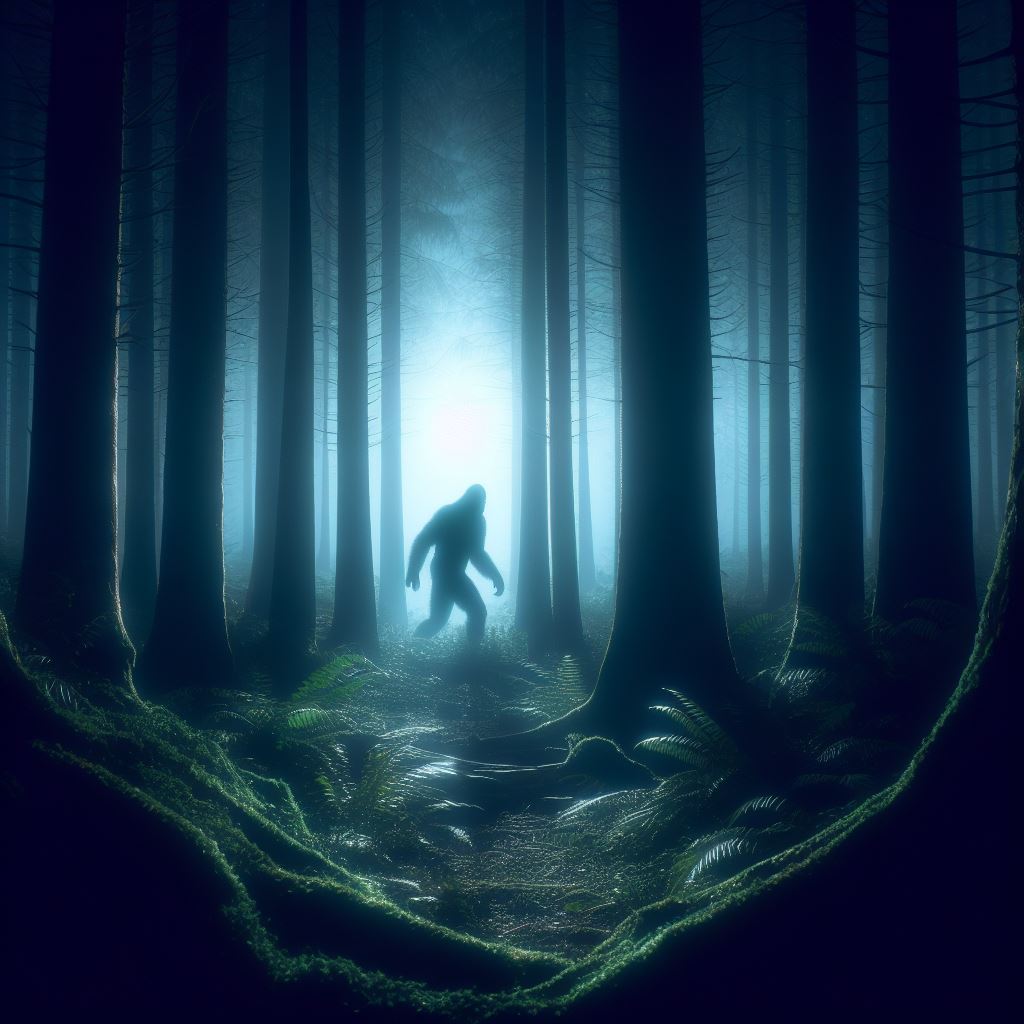
Ten Toes Don’t Maketh a Man
By Cameron Kirby
The Pacific Northwest is rarely thought of as a hub of celebrity sightings, however, our most famous resident has captured the imagination of millions across the world; spawning books, television shows, movies, and various websites dedicated to sighting him. Even with all of this focused attention, hard evidence of Sasquatch has been grainy at best.
The immensity of forestland within the Pacific Northwest is rarely appreciated by transplants and outsiders alike. Verdant vegetative swaths span from Northern California, Oregon, Washington, British Columbia, and extend East into Idaho. Its biome is as diverse as its politics; lush rainforests in the West gradually transform as a meandering gradient, resulting in coniferous high deserts and savannahs in the East. In this immensity lies the grain of hope for Sasquatch’s existence. The “leave no trace” crowd sticks to their trails and scenic overlooks, and hunters hunt huntable GMUs for a few weeks every year. This leaves a substantial amount of time and remote terrain where a highly intelligent North American great ape could still survive in small numbers.
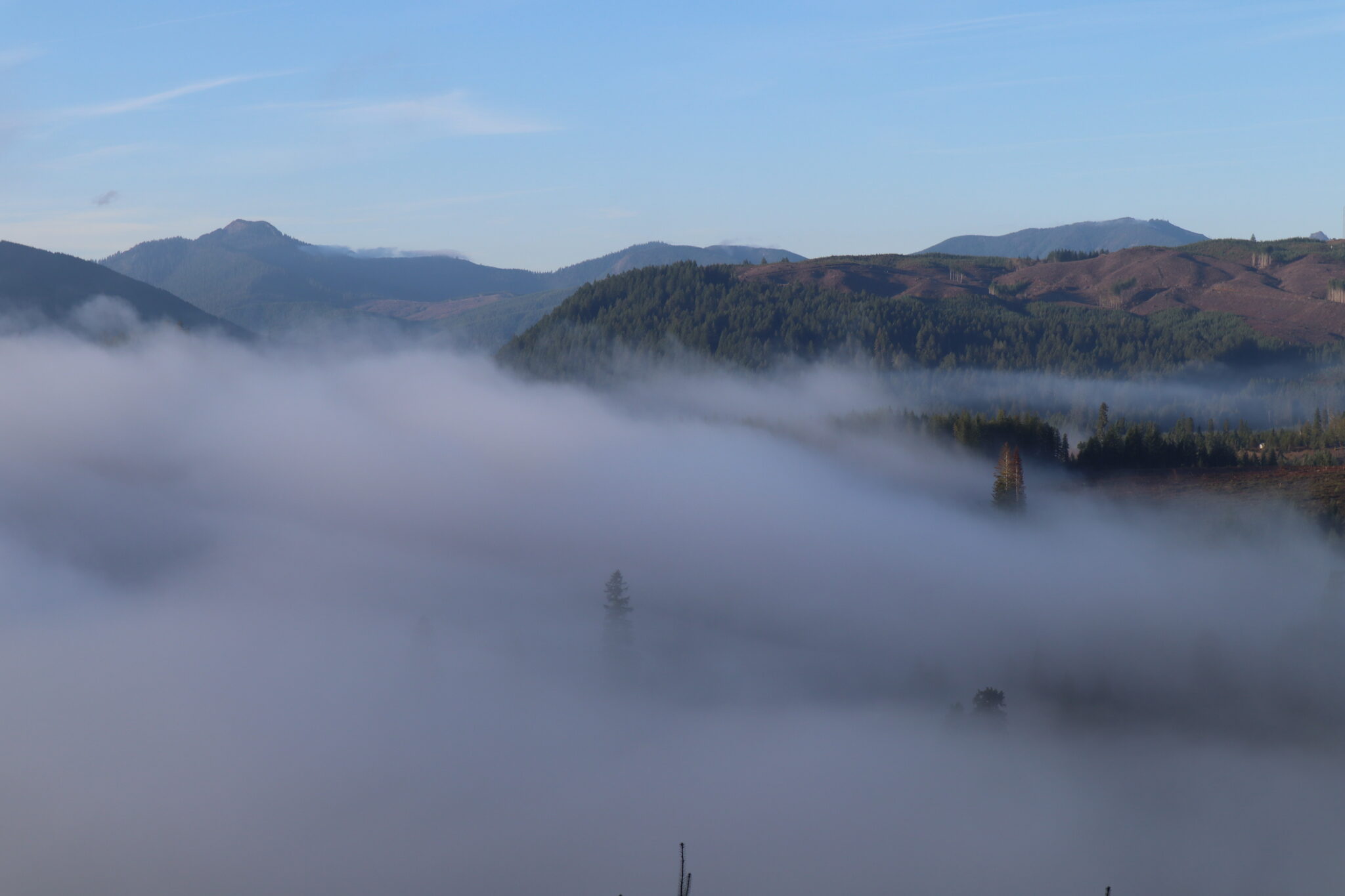
It had been an especially harsh winter with snowfall punctuating the weeks, the gradual accumulation veiled the crowns of the Cascade Range. When summer emerged from spring the snow melted forming rivulets down their faces. This made mud. A lot of mud. Which was always an excellent opportunity to look for animal prints.
My wife and I were hiking toward a little used and often forgotten mountain lake within the Cascade foothills. Traversing the various deer paths, we spotted all of the usual prints: deer, elk, bobcat, coyote, bear, etc. We didn’t see a single human footprint along the way – booted or otherwise. As we approached the lake, there was a gulley with a small stream flowing into it; we squatted down and half-crawled under some fallen trees that were toppled by the harsh winter storms.
The lake was stunning, and after taking in its natural beauty, our eyes returned to the ground. Along the edge, we spotted an odd print, different from the others yet uncomfortably familiar. It looked human, yet longer and wider than any I had seen. Measuring about 18 inches in length, it had five distinct toes, a flat foot, and a heel. I instantly knew what it looked like, but I had to get closer. I kneeled next to it, my knees sinking into the mud. It had toe and heel prints (dermal ridges) and showed active movement from when the foot flexed under motion. The print was deep, so I removed my boot and sock for a comparison. I weighed 200 pounds, and the print was easily three times as deep as my own. I looked for more in the area but could only locate an additional partial print that led to a grassy patch away from the shore. We felt uneasy on the return to our SUV. That single print started us along the path toward belief.
As a Northwesterner Sasquatch is everywhere. Every small town has wooden statues for sale, roadside museums dedicated to the creature dot the highways, and more and more breweries capitalize on Bigfoot’s fame. It is our mascot… and like any mascot, it’s a comical caricature. But it hasn’t always been that way.
Local Native American tribes named hundreds of distinct PNW locations after Sasquatch, most being cautionary. In ancient lore the beast wasn’t a friendly forest giant but an evil spirit or shapeshifter, others believed it was a large and hairy distant relative to man, a residue from a bygone area. There are many legends of Sasquatch kidnapping women and children, most never to be seen again. Those who were returned were often too traumatized to tell their tale. Bigfoot encounters weren’t limited to the Natives, many early European settlers had disastrous encounters with the creature as well. In the shadow of Mt. St. Helens, there was a small logging outfit that had to barricade themselves in every night before dusk. As soon as the sun sunk below the tree-lined horizon the giants would emerge from the forest edge and hurl enormous rocks at the cabin, breaking windows and splintering the knotty beams. Even to this day, campers report similar behavior while exploring in their woods.
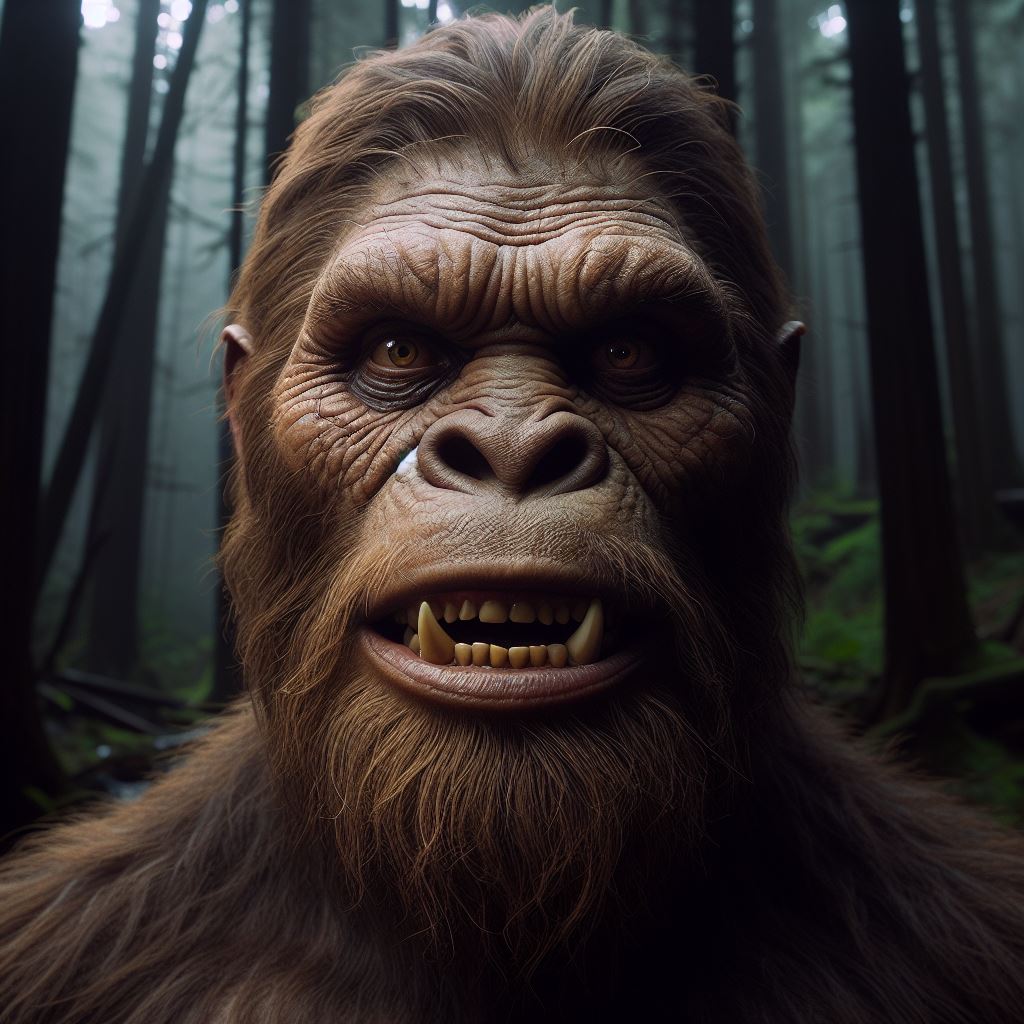
Summer was in its late transition to fall, the leaves were still green and attached to their limbs, but the smell… Its crispness tinted with decay gave away the time of year. I was miles up a lesser-known tributary of the Columbia River collecting trail cams in anticipation of deer season. It was a spot I had been to many times before, and it was well-mapped in my head. I knew there were turkeys, deer, and black bears in the area, so I always carried a .357 magnum chambered with solids.
My GPS was struggling to locate the trail-cam waypoints due to the dense forest cover and deep ravines, which resulted in a lot more trekking than I had anticipated. I was low on water and decided to take a break under a shade-tree to catch my breath. I pulled out a novel and read for a while, page after page until I felt that familiar pulse in the back of my mind: the adaptation that reminds us that we’re still prey. I was being watched.
I knew there was a large mother bear with a cub in the vicinity, so I slowly raised my head in a manner only a hunter knows. My eyes scanned the trees and shrubs until I reached my periphery. Then I spotted it: a face, or at least the semblance of a face. It wasn’t human, yet the human features were what drew my eye. Slowly, I put my book away and zipped up my pack. It was about 150 yards into the forest and had disappeared in the short time it took me to stand. Am I seeing things? I would never forgive myself If I didn’t pursue it; boot-step by boot-step I entered the timbered ravine with apprehension.
I deliberately made my way to where the face appeared and looked for prints, yet none could be found. The forest floor was covered in moss and appeared disturbed, yet with all the creatures within this wood, any of them could use this route to the lower elevations. It was late afternoon and the ravine enhanced dusk’s natural effects: the light filtering through the boughs was actively diminishing, long shadows cast and moved like a float on the sea.
I reached the floor with slopes reaching up to my right and my left. I meandered with the path, forgotten waters were guiding me through the trees. I felt out of place, like a trespasser. Large trees lay across the pathway like giants fruitlessly reaching as they rotted from within. I eventually passed the land of giants and came upon a small clearing with deliberate branches broken off and stacked into a kind of shelter. It was too haphazard to be made by man, and yet too organized and purpose-built for the odds of nature. Then there was the smell: pungently natural; unworried about triggering the senses of others. This is the place to set a trail cam.
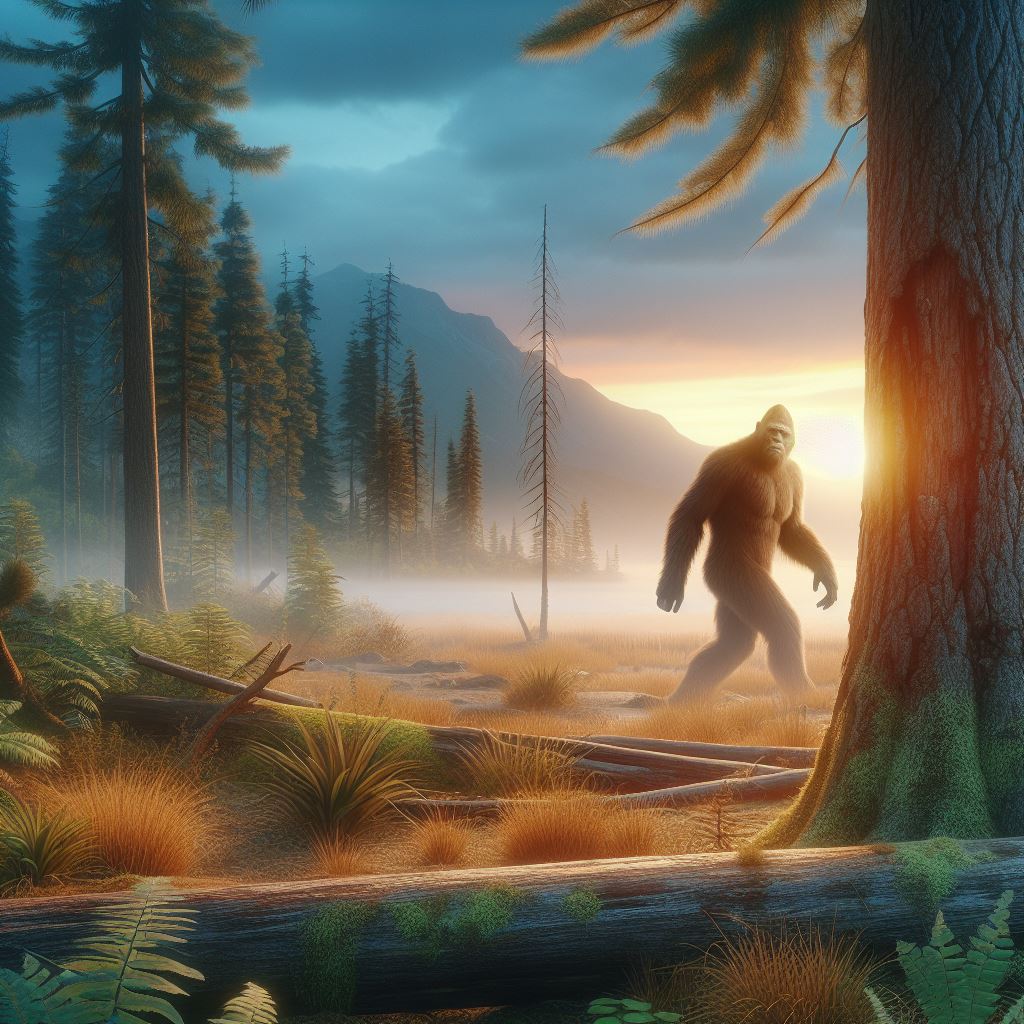
Another Northwest constant is wildfires, mostly due to man’s direct decisions: fireworks, cigarettes, deliberate arson to further agendas. My turkey-hole was no exception. I’ve yet to return here due to a large swath of fires raging through the area. I hope all of the creatures large and small, managed to escape, especially any cryptozoological denizens of the wood.
When it comes to Sasquatch, I’m a pessimistic optimist. In my experience, our world produces monsters; unfortunately, the only ones I’ve seen thus far are humans.

Cameron Kirby
is a native to the Pacific Northwest who enjoys exploring the wild places with his family and friends. As an avid outdoorsman and naturalist, he enjoys hunting, fishing, a good book and an even better whiskey.


You May Also Like

Barrel-Aged Gin Revival: A New Twist on a Southern Classic
January 11, 2024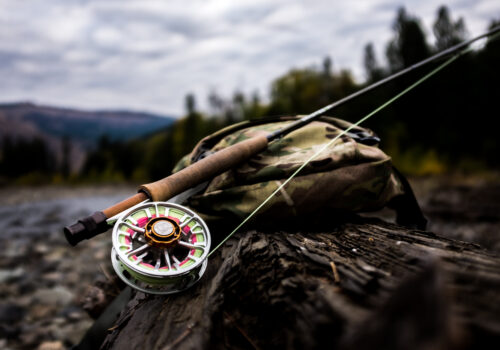
A Good Day
January 23, 2023